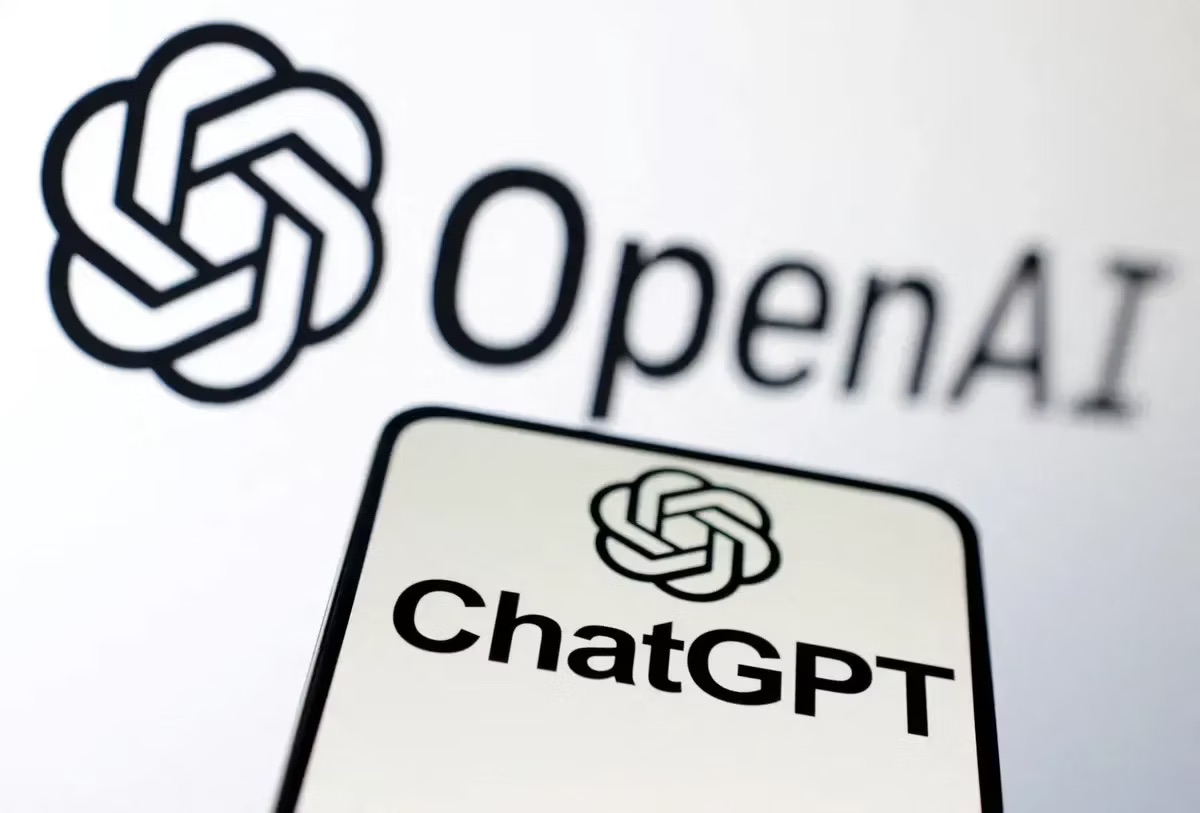
Recently announced OpenAI’s new family of AI models, the GPT-4.1, which represents a substantial improvement in coding and instruction-following abilities. This newest version features a context window of up to 1 million tokens. It’s able to read about three-quarters of a million words at a time. This new upgrade significantly improves the feature and experience for developers and content creators.
The release of GPT-4.1 represents a significant advancement in the field of natural language processing technology. With a recent knowledge cut off extending to June 2024, this helps ensure that it can give users the best possible frame of reference for what’s happening today, making it even more useful for real-world applications. Specifically, GPT-4.1 had an outstanding performance on the SWE-bench Verified test, scoring 52% to 54.6%. It led the field with a 72% accuracy score in the difficult “long, no subtitles” video category as well.
API Availability and Developer Feedback
OpenAI’s API is now making the new models available to developers. Those are not baked into ChatGPT, which illustrates a strategic emphasis on use cases that require more sophisticated programming abilities. According to an OpenAI spokesperson, “We’ve optimized GPT-4.1 for real-world use based on direct feedback to improve in areas that developers care most about: frontend coding, making fewer extraneous edits, following formats reliably, adhering to response structure and ordering, consistent tool usage, and more.”
OpenAI provides a larger range of models within the GPT-4.1 family, including more efficient and faster mini and nano versions. While these models do offer speedier performance, they come at the cost of some accuracy versus the complete GPT-4.1 model. Of all models, the GPT-4.1 nano stands out as it’s the cheapest and fastest of all models.
And while it is an improvement, GPT-4.1 still shows mixed reliability depending on the size of the input. When we tested the OpenAI-MRCR benchmark, the model’s accuracy plummeted. It dropped from nearly 84% with 8,000 tokens to just roughly 50% when it could only manage 1,024 tokens. This inference demonstrates that the model is capable of processing a high volume of input. The more complex the input gets, the worse its responses become.
Cost of Using GPT-4.1 Models
GPT-4.1 has an inverse pricing scheme where you pay $2 for each million input tokens. For the least model, the price increases to $8 per million output tokens. By comparison, the mini version is $0.40 per million input tokens and $1.60 per million output tokens. The nano model, meanwhile, costs $0.10 per million input tokens and $0.40 per million output tokens.
OpenAI’s dedication to improving its models is clear from this most recent release. The enhancements made in GPT-4.1 underscore a dedicated response to developer needs while providing tools that can efficiently generate content across various formats and contexts.
Author’s Opinion
OpenAI’s latest update with GPT-4.1 positions the company as a leader in AI-driven content creation. However, while the performance improvements in coding and instruction-following are promising, the model’s reliability issues and inverse pricing scheme raise questions about scalability. With the increasing complexity of inputs, the challenges of processing large data volumes could limit GPT-4.1’s effectiveness in some real-world scenarios.
Featured image credit: Heute
Follow us for more breaking news on DMR
